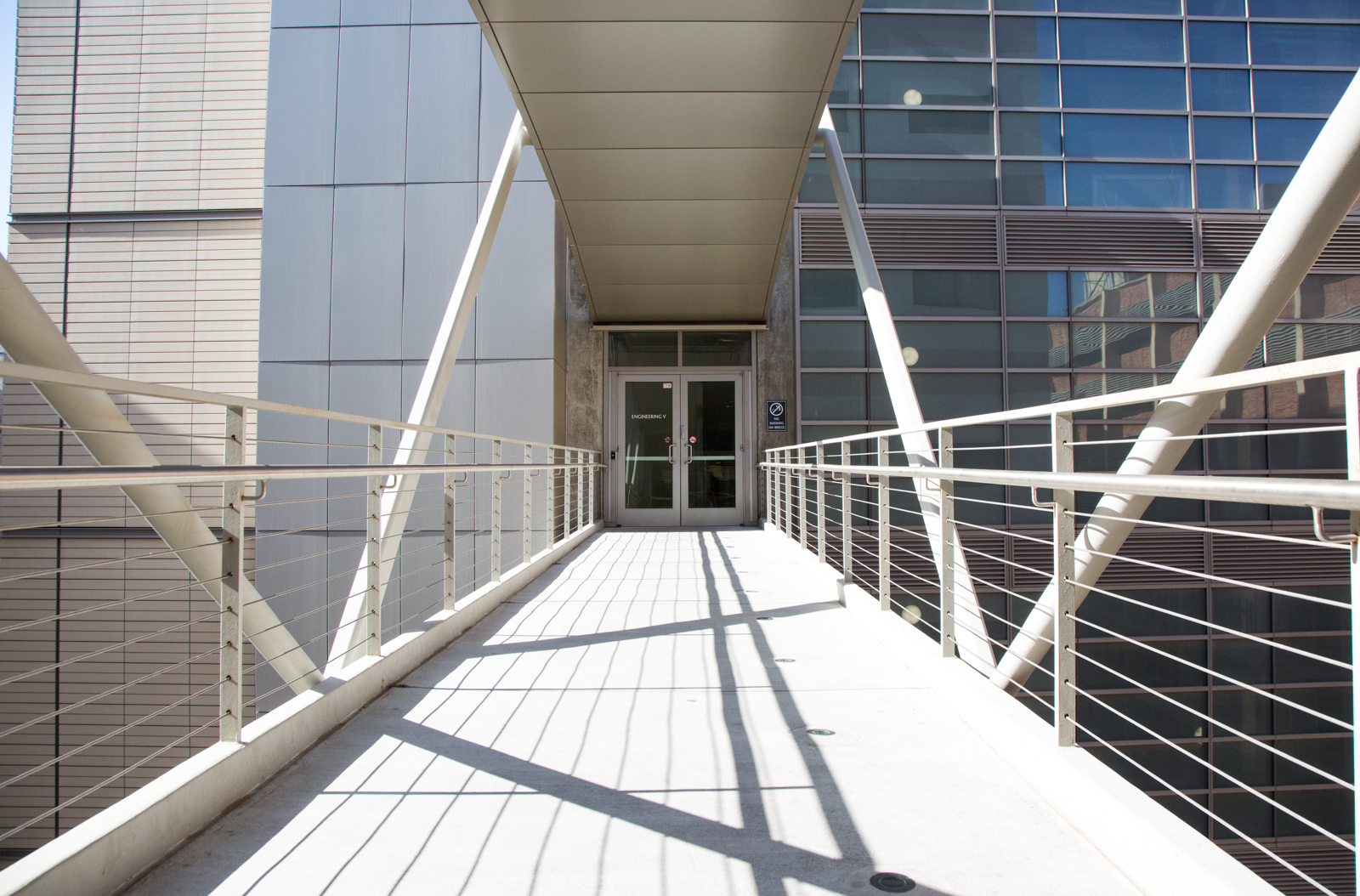Researchers identify molecule’s structure, role in autoimmune conditions

Gerard Wong, a bioengineering professor, discovered the structure and role of the molecule LL-37 in the body’s immune system in an article on the study published in March. (Daily Bruin file photo)
By Tabatha Lewis-Simó
April 7, 2019 11:50 p.m.
UCLA researchers found the structure of a molecule that can trigger the overactivation of the immune system in autoimmune diseases.
Gerard Wong, a bioengineering professor, discovered the structure and role of the molecule LL-37 in the body’s immune system, according to an article on the study published in March. Wong said while researchers knew the molecule played a role in the immune system, they did not know its exact relationship with DNA. The study found that because the molecule interacts with one’s own DNA, it can play a role in the overactivation of the immune system, which occurs in autoimmune diseases.
Wong said LL-37 changes the spacing, or arrangement, of DNA to make it easier for a particular kind of receptor to bind to the DNA. These receptors are proteins that are able to recognize double-stranded DNA.
“Imagine if you have teeth in a comb and you imagine putting something in between the teeth of the comb. When it is at exactly in the right spacing then it will go right in,” Wong said. “If you don’t (have the right spacing) then you have a hard time.”
Wong added that correct DNA spacing allows the immune system to respond a hundred times stronger than if DNA spacing were incorrect.
Wong said LL-37 can detect both bacterial DNA and the body’s own DNA, known as self-DNA. When LL-37 binds itself to and arranges self-DNA, it strongly triggers the immune system to attack the body’s own DNA and, thus, its own tissues and organs. This is what happens in autoimmune conditions, such as psoriasis, lupus and rheumatoid arthritis.
“Having LL-37 around allows your immune system to ramp up significantly and have a more robust response. When this is done at the right time and the right place you wind up with a robust response against infection,” Wong said. “When it is done at the wrong time in the wrong place, then you wind up with an autoimmune condition.”
Wong said scientists still do not know why LL-37 binds to self-DNA in people with autoimmune diseases. Ernest Lee, a medical student and co-first author of the paper, said people with autoimmune conditions overexpress the gene for LL-37.
In order to find the structure of the LL-37 and DNA complex, Wong’s lab used X-ray diffraction, a technique in which an X-ray beam hits a structure and causes the beam to scatter. They found that LL-37 and DNA form a crystalline structure.
Wong said researchers from The University of Texas at Austin created computer models of the proposed structure to make sure the model made sense on a molecular level. Wong added that the computer model allowed them see what the X-ray diffraction pattern of that molecule would look like. They found the computer model confirmed the model they proposed.
Cole Malkoff, a fourth-year molecular, cell and developmental biology student who worked on the research project, said the researchers measured the inflammatory response in immune cells to the DNA and LL-37 structure and used X-ray scattering data from the structure in order to determine the physical and chemical requirements for the structure to form.
Lee said researchers hope to use their knowledge of the structure of the LL-37 and DNA complex to develop treatments for autoimmune diseases.
“The structure was correlated to the immune cell experiments and all of this tells us some of the molecular rules for the LL-37 and DNA complex,” Lee said. “We are working on new treatments that can disrupt the formation of those complexes.”


